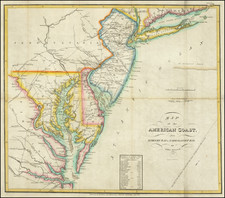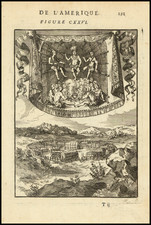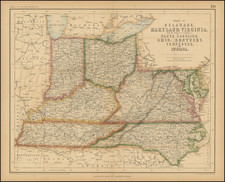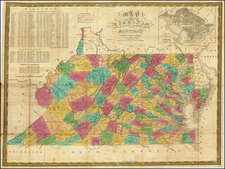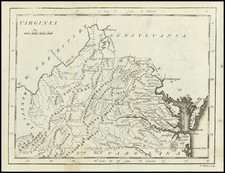Rare pair of separately issued Coast Survey Charts, showing a section of the James River, from its entrance to West Point.
The maps are exceptionally detailed, including sailing directions, soundings and other fine details.
The first of the charts listed below (Entrance to King's Creek) was also issued as part of the Annual Report of the Coast Survey. The second chart (King's Creek To West Point) was only issued separately and did not appear in an Annual Report and is now quite rare. We located only the copies in the Virginia State Library, Huntington Library and NOAA.
Preliminary Chart of York River Virginia From Entrance to King's Creek was prepared by A. Lindenkohl and P. Wiltzel and engraved by A. Maedel and W. Langran. This example is Electrotype Copy No. 3 by G. Mathiot.
Preliminary Chart of York River Virginia From King's Creek To West Point was prepared by P. Wiltzel and engraved by W. Langran and F.W. Benner. This example is Electrotype Copy No. 1 by G. Mathiot.
The United States Office of the Coast Survey began in 1807, when Thomas Jefferson founded the Survey of the Coast. However, the fledgling office was plagued by the War of 1812 and disagreements over whether it should be civilian or military controlled. The entity was re-founded in 1832 with Ferdinand Rudolph Hassler as its superintendent. Although a civilian agency, many military officers served the office; army officers tended to perform the topographic surveys, while naval officers conducted the hydrographic work.
The Survey’s history was greatly affected by larger events in American history. During the Civil War, while the agency was led by Alexander Dallas Bache (Benjamin Franklin’s grandson), the Survey provided the Union army with charts. Survey personnel accompanied blockading squadrons in the field, making new charts in the process.
After the Civil War, as the country was settled, the Coast Survey sent parties to make new maps, employing scientists and naturalists like John Muir and Louis Agassiz in the process. By 1926, the Survey expanded their purview further to include aeronautical charts. During the Great Depression, the Coast Survey employed over 10,000 people and in the Second World War the office oversaw the production of 100 million maps for the Allies. Since 1970, the Coastal and Geodetic Survey has formed part of the National Oceanic and Atmospheric Administration (NOAA) and it is still producing navigational products and services today.









